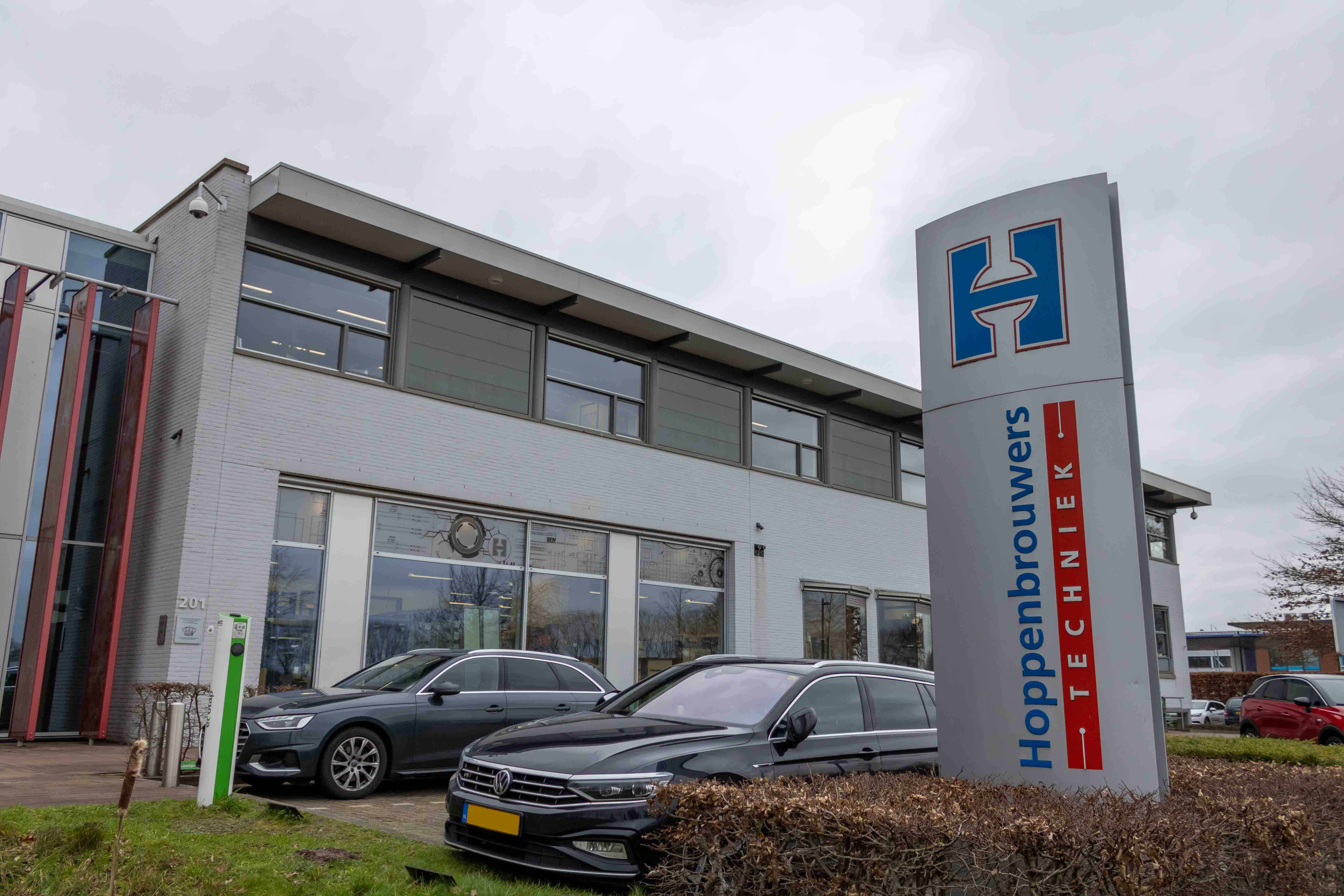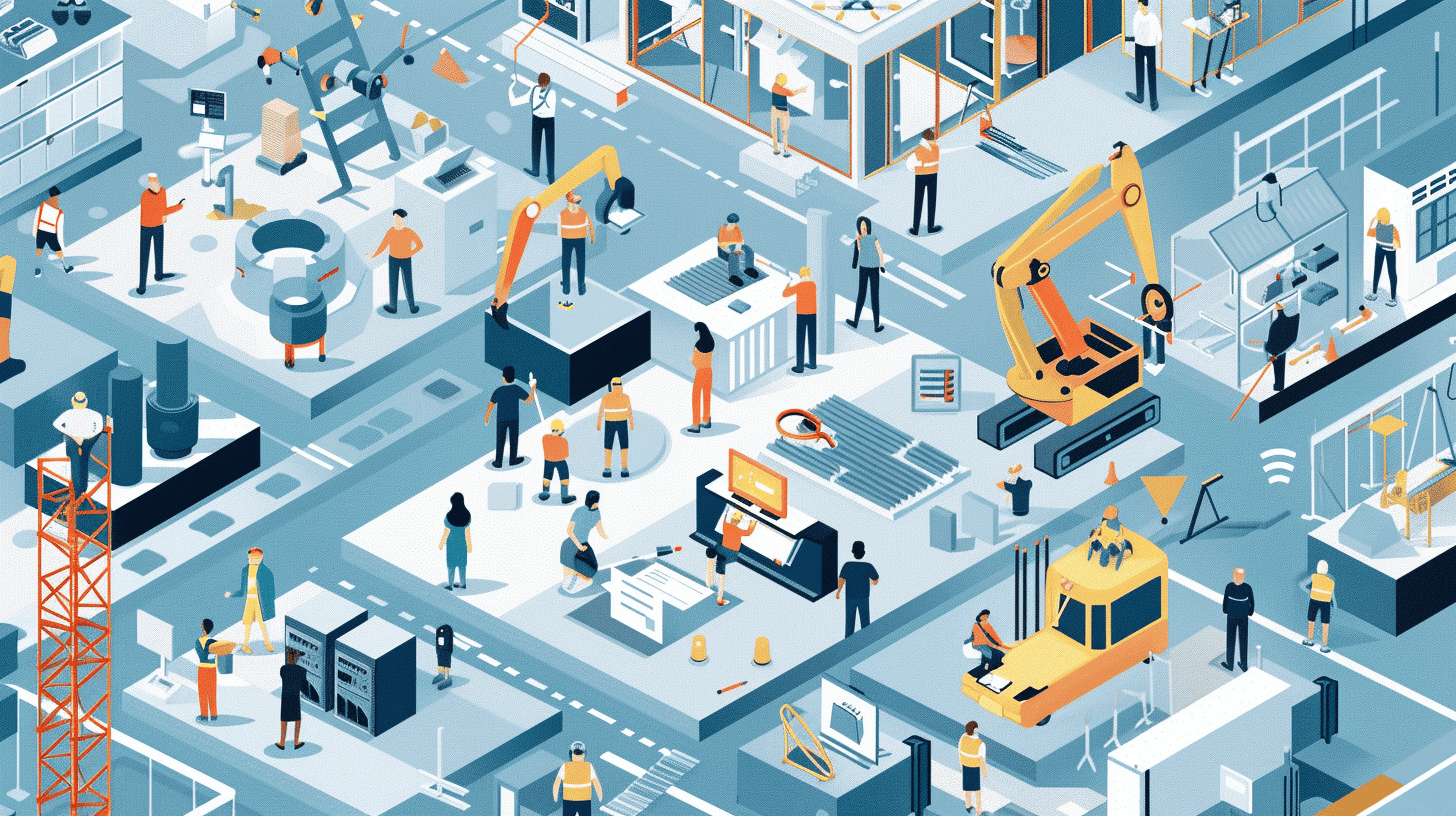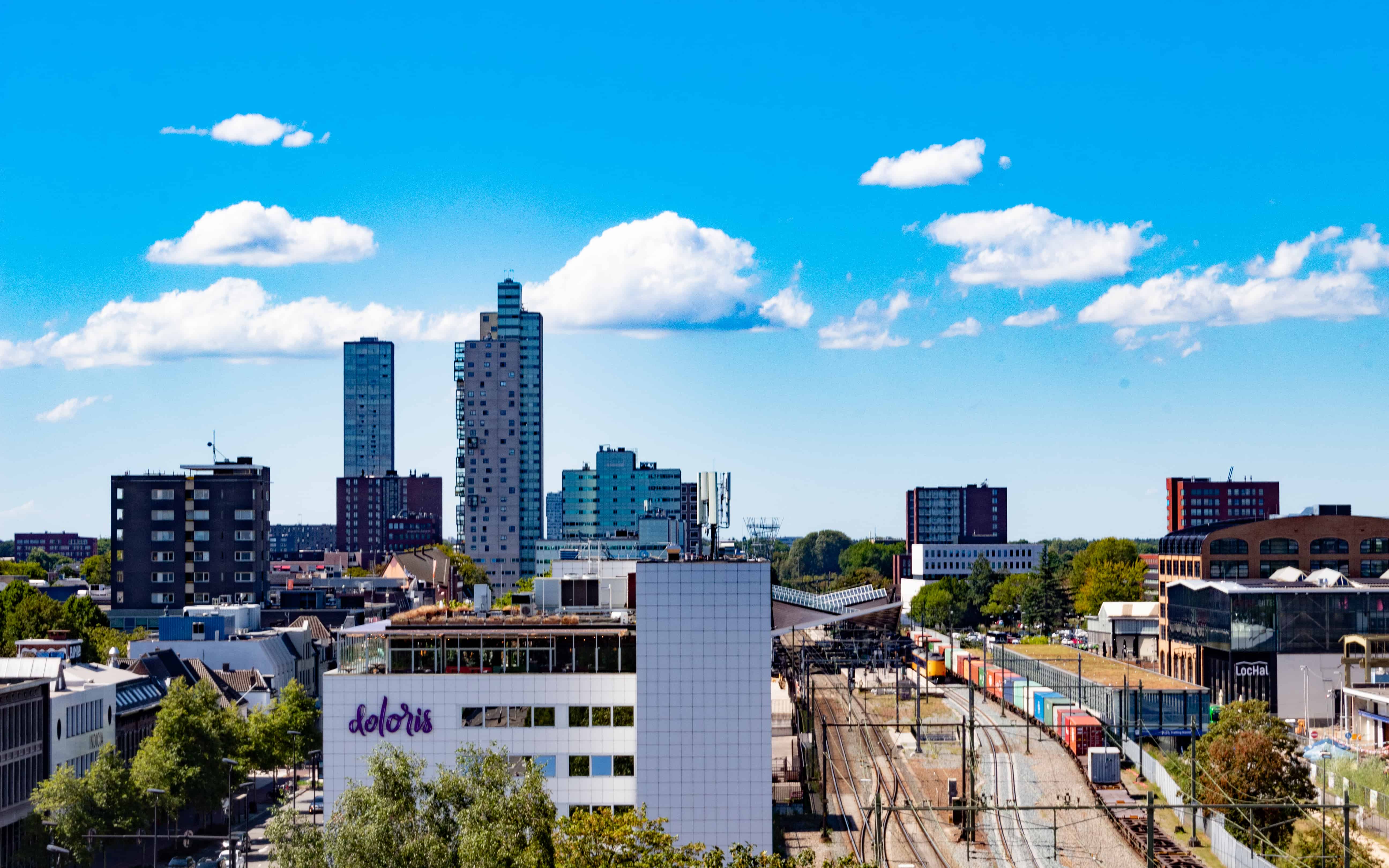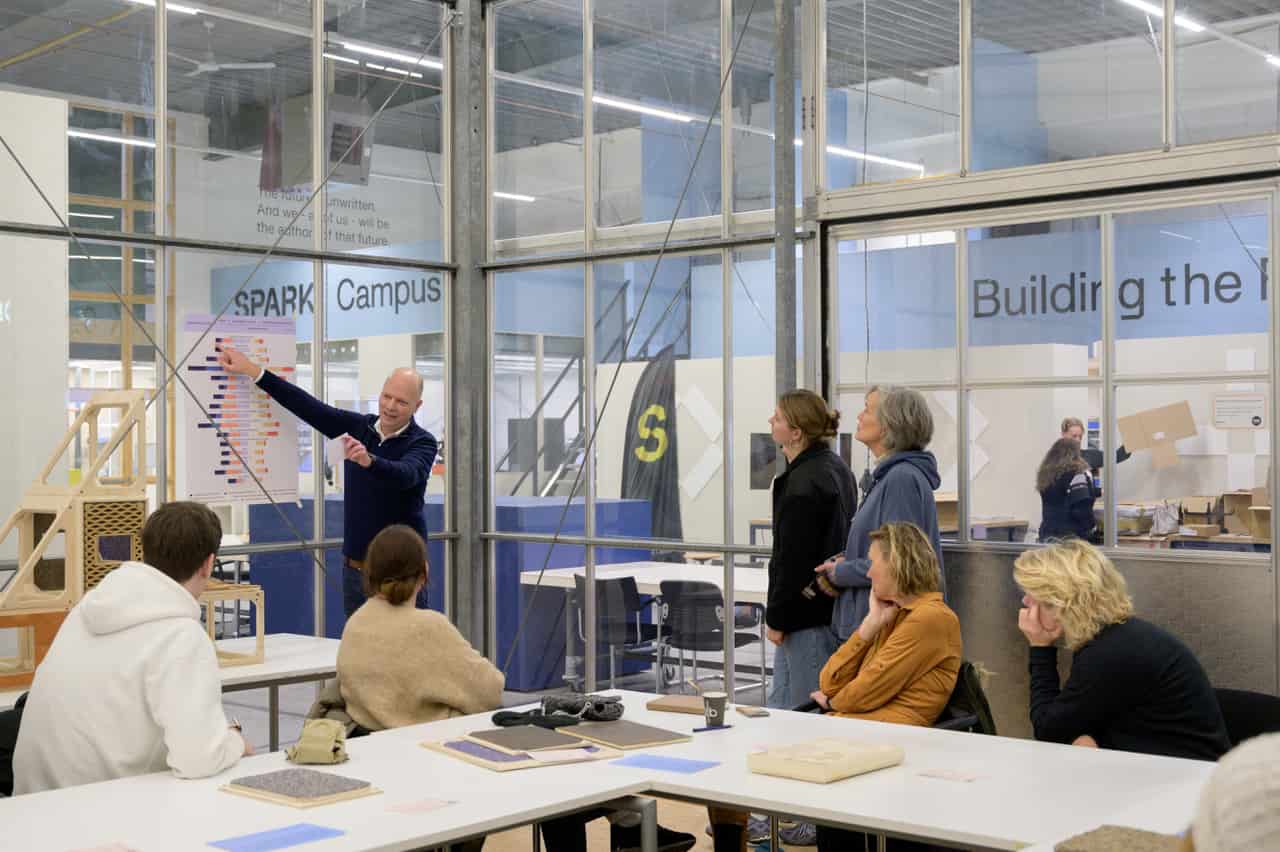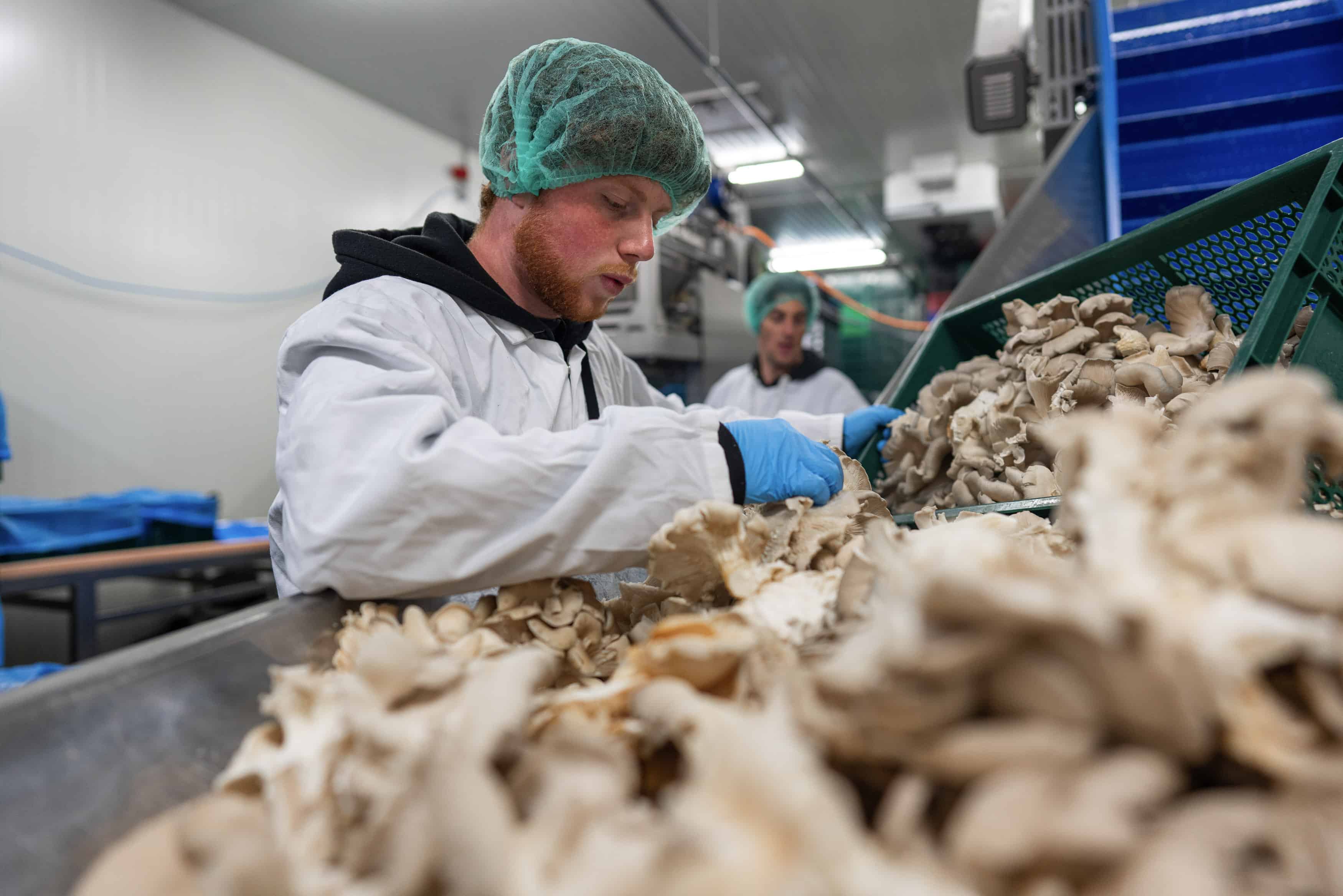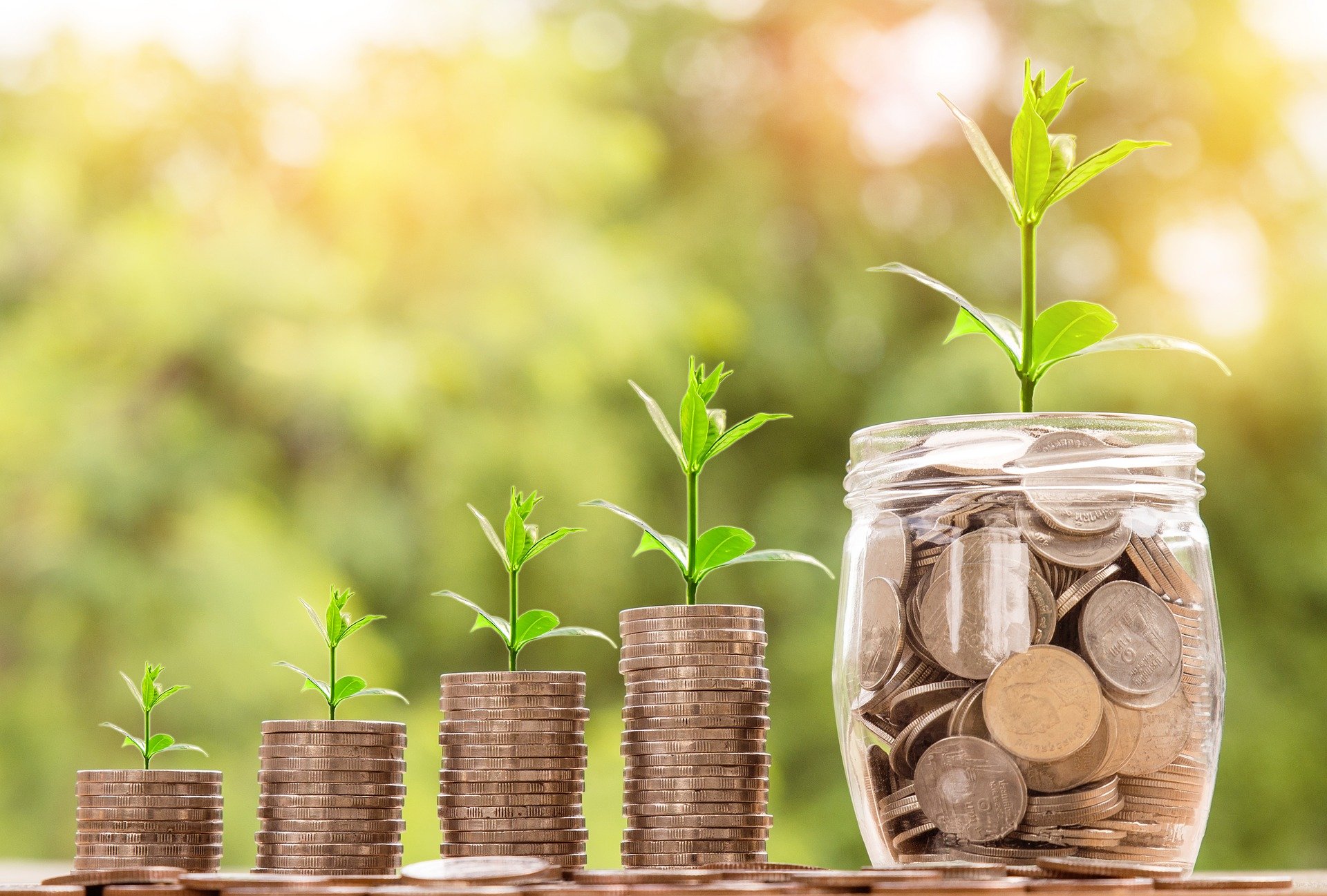
The goal of the present, linear economy is to make as much profit as possible. As a result, products quickly lose their value and end up in landfills. The goal of a circular economy is to make high-quality products that last longer. In order to accomplish this transformation, companies need to have new business models. Fontys developed a toolkit to support SMEs in their transition to the circular economy.
In the research, the focuses intentionally on SMEs, explains Fons Claessen, program manager at the Fontys Center for Expertise in Circular Transition (FECT). “Large companies can afford to experiment because they have several production lines or already have an R&D department. SMEs generally don’t have that luxury.”

Bold goals, scant support
The directive from the government is that the Netherlands must be half circular by 2030 – and fully circular by 2050. Claessen believes these are “bold goals,” while there is not enough support for the business community: amendments to laws and regulations and funds for the transition are still lacking. “In many sectors, except for the construction industry, it is unclear when a product is actually circular. It feels a bit like throwing a child into the deep end without any inflatable armbands and saying: “Just make sure you keep your head above water.”
Coming up with a definition is something Claessen finds fairly difficult. “To me, a circular economy is an economic system that is regenerative by design. In which products and services are being designed in such a way that they can be (re)used for as long as possible.”
‘I’ll wait a bit longer’
A few years ago, Fontys began a RAAK research project into Circular Entrepreneurship where fifteen companies were guided and supported in the transition to becoming circular businesses. The project shows that an SME often needs to change its entire business model in order to become circular. Claessen: “Imagine that you manufacture lawnmowers. If you do that in a completely sustainable way, the lawnmower would probably become too expensive for consumers. Then you might have to turn your product into a service. Changing your business model involves a certain amount of risk and there is no direct support nor coverage for that risk from the government. So, a lot of SMEs say, ‘I’ll wait a bit longer.'”
To me, a circular economy is an economic system that is regenerative by design. In which products and services are being designed in such a way that they can be (re)used for as long as possible.” Fons Claessen
Bundling knowledge in one central location
As time went by, Claessen noticed that a lot more companies had questions about circular entrepreneurship. “This gave rise to the idea of establishing a knowledge center where all the expertise in this area that there is within Fontys can be bundled together in one place.” With this in mind, FECT was founded in 2020.
The toolkit that Claessen and his colleagues developed illustrates very clearly how FECT aims to support SMEs in the circular transition. “We immersed ourselves in the literature with the questions from entrepreneurs about operating a circular business. Then we translated the solutions that came out of that back into practice. An SME is not going to dig through tons of scientific articles.”
Mass balance, circular business model and plural valuation
This leads to concrete tools that support companies in the transition to a circular business. For example, making a mass balance provides entrepreneurs with insight into the amount of raw materials used and the amount of waste and products that this produces. This mass balance can subsequently also be translated into a ‘product passport’. This allows consumers to see exactly which raw materials a product is made up of and make more conscious and transparent choices that way.
Another tool advises entrepreneurs on a circular business model that suits them. Claessen: “The most important question for an entrepreneur is: ‘How do I earn my money?’ That is exactly the question we ask entrepreneurs.” Based on those answers, the tool puts together an advice with revenue models that are suitable for their products or services.
A third tool deals with plural value creation. In a circular economy, entrepreneurs try to make high-quality products that last for a longer period of time. Oftentimes, this results in more expensive products. “So it’s important to provide insight into what other values – such as social or ecological values – you as an entrepreneur can add,” Claessen explains.
Now or never
In addition to the toolkit, FECT is fully committed to living labs; these are sorts of educational, business and consumer communities. Recently, the center raised €1 million in subsidies for the further establishment and expansion of these labs.
FECT is seeking to foster a circular transition in SMEs in a variety of different ways. This is important, because it is now or never, Claessen contends. “Companies need to act now, otherwise they will be lagging behind in a few years’ time. Pressure is mounting – from the government, due to raw material shortages, and from consumers. In addition, there are more and more young people who no longer want to work for a company that is not actively pursuing sustainability.” Claessen hopes that FECT can bring the separate initiatives of SMEs together. “A circular economy is something you do together; the entire chain has to be involved.”
For Claessen, circularity extends beyond his job as program manager at FECT: During the interview, he sits behind a homemade desk that used to serve as a door in a previous life. Reusing things is a hobby of his. “I recently bought a house. I’m trying to do the remodelling as much as possible with existing materials. For example, I recently stripped out the old kitchen, refurbished it and reinstalled it. Fun to do, it looks great and it also saves a lot of money.”
Also interesting: Jifke Sol: ‘In the circular transition, it’s actually the social aspect that’s important’


